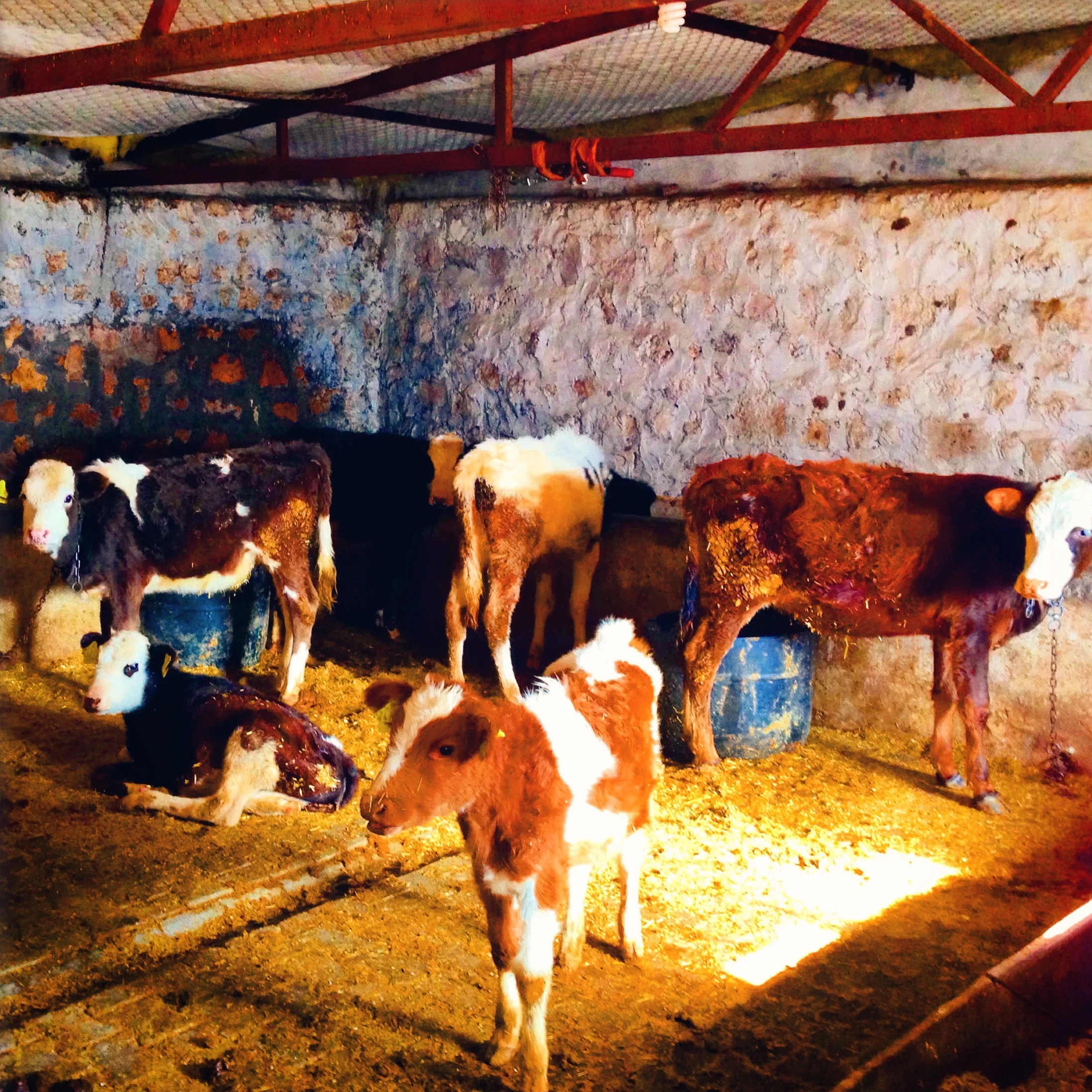Notes: Finding My Roots
Dilaver Bridge
Last year, this time, I travelled to my family roots in Diyarbakir for the first time. Located deep in southeastern Anatolia on the banks of River Tigris, Diyarbakir always symbolized a mystical place for me. In the heart of Mesopotamia and dating back to 7500 years ago, Diyarbakir has been inhabited by 26 different civilizations whose marks can be seen all over the great city walls, the oldest in the world and the second largest after the Great Wall of China. Having lived most of my life outside of Turkey, I've always been curious to visit the house where my grandmother was born and experience Diyarbakir for myself.
The house was built in 1773 and is located on a modest street within the city walls. A wooden door opens out to a courtyard oasis with tall trees and a large fountain surrounded by four walls made of local basalt stone decorated with white ciz technique typical of the great homes of the region. The living quarters on each side of the courtyard are designed for different seasons and divided into traditional haremlique section where the family lives and selamlique (mens quarters). My father tells me of the enormous famed Diyarbakir watermelons chilling in the fountain that had impressed him as a little boy and the welcoming cool shade of the courtyard in the heat of the summer.
Today the haremlique section has been renovated and transformed into a museum in honor of my great uncle, Cahit Sitki Taranci, author and poet. Taranci is famed for his melancholic 'Age 35' (Yas 35, 1946) poem but one of my favorite writings of his is a collection of letters to his sister, my grandmother, which my parents gifted me. Diyarbakir is the birthplace of a number of Turkey's leading literary figures including Ziya Gokalp and Suleyman Nazif - perhaps it's in the soil. In fact, my cousins and I are related through this poet connection but unfortunately the Diyarbakir literary genes have not exactly carried through to us.
Walking around in Diyarbakir, I can't help but think about the vast history and eclectic stories the walls, structures and stones of the city must have been witness to. The Ulu Camii, the Great Mosque of Diyarbakir, is the oldest mosque in Anatolia and the Islamic World while the Syriac Orthodox Church of Our Lady is recognized as one of the first churches of Christianity. And dating back to the 3rd century there is the beautiful St. Giragos Armenian Church. Today each are still active as places of worship and the large stones paving the streets and the unique Mesopotamian air whisper the stories of this unique once cosmopolitan city and those that inhabited it. In the same spirit, there is even a four pillared minaret (Dort Ayakli Minare) believed to grant any wish to those that walk under it 7 times.
Diyarbakir and its vast surrounding land is known for its agriculture - rice, wheat, lentil and livestock - and it wasn't until we took a drive to the country that I was blown away by its land and valleys. I visited a family farm in Tilver a short drive from Diyarbakir where we were, as custom, greeted with tea. As we sipped our tea in the warm winter sun on this crisp clear day, the colors of the surrounding land and hill tops were particularly saturated and magical. Cafer, the resident rooster, showed us around the farm and introduced us to the rest of the farm family.
The next morning, before I parted from Diyarbakir, I experienced a local 'serpme' breakfast which visually and in taste was truly spectacular. Breakfast happens to be my favorite meal of the day and Turkish breakfast is renown but the countless little plates of local honey, fresh cheese, homemade jam and colorful olives accompanying pide, eggs and turkish sausage remains an unmatched experience. Yum!









